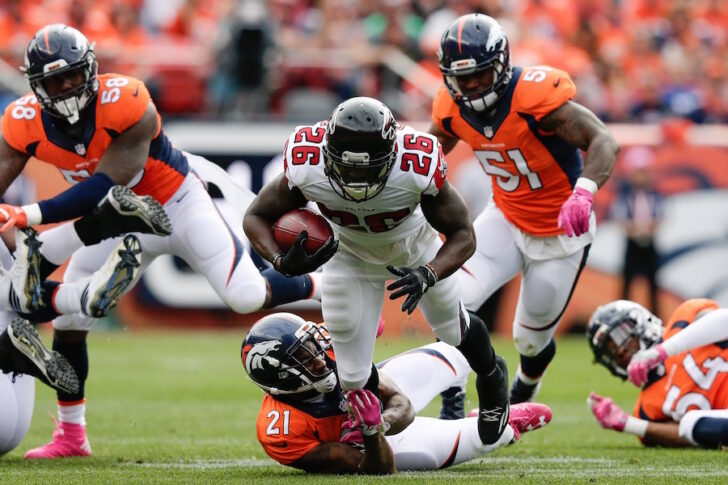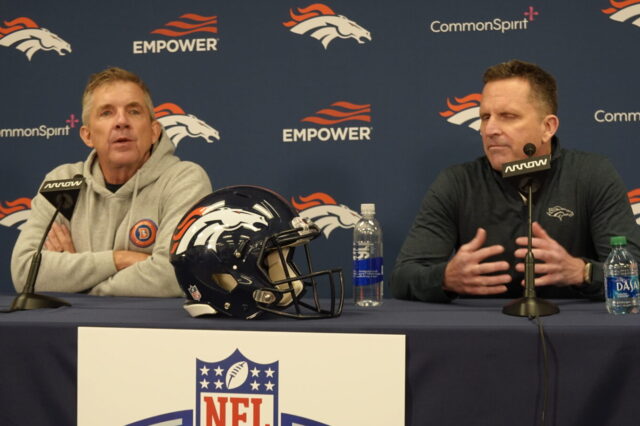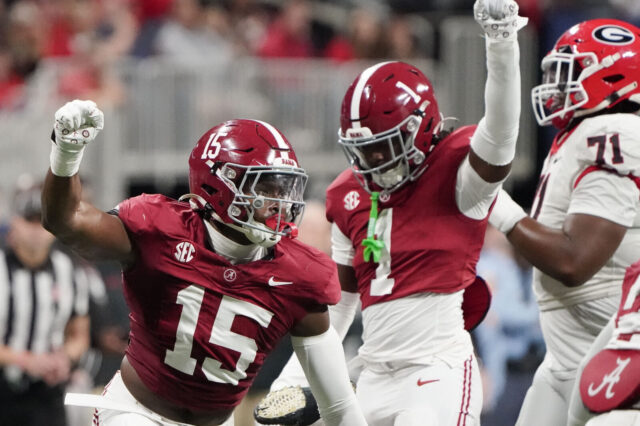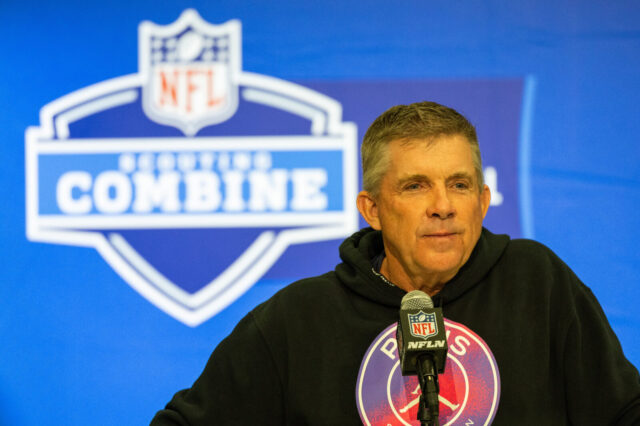Entering Sunday’s game in Denver much of the talk was about how the Broncos could contain Julio Jones, who entered the game as the league’s top wide receiver. As the Broncos walked off the field on the wrong side of a 23-16 final score, everyone will be wondering how on earth a running back who was questionable to even play in the game could put up 132 receiving yards on just four catches to torch the Denver defense.
While the Broncos contained Jones to the tune of just two catches for 29 yards, offensive coordinator Kyle Shanahan cooked up a game plan that freed Tevin Coleman for a career receiving day that included a 31-yard touchdown catch and run that proved to be the back-breaker for the Broncos. Before the game, it was questionable as to whether or not Coleman, who suffers from sickle cell anemia, would even play. The condition can be exaggerated at altitude and has previously prevented other NFL players with the affliction from playing in Denver.
Coleman wasn’t alone in gashing the Denver defense on the day. Shanahan’s game plan exploited two major weaknesses in Wade Phillips’ unit – ones that will need to be corrected in short order as the Broncos head to San Diego next for Thursday Night Football. First, Denver was unable to stop the two-headed rushing attack of Coleman and Devonta Freeman. Coleman accounted for just 33 yards, but Freeman added an additional 88 and a touchdown on 23 carries. Freeman was also dangerous in the passing game, collecting 35 yards on three catches. Linebackers in coverage were the biggest Achilles heel on the day, and the run defense didn’t help.
Jones, all the while, didn’t even record his first catch until the second half. In fact, Jones was just the No. 4 receiver on the day behind both Coleman and Freeman along with Mohamed Sanu who had three receptions for 43 yards.
On a day when Denver’s offense was stuck in the mud, generating just 160 yards and six points through 52 minutes of the game, the defense did it’s best to keep the game within striking distance, but Coleman and Freeman stretched the D to its limit. Atlanta’s backs accounted for 286 of the team’s 372 yards, touching the ball 36 times and scoring both Falcons touchdowns. The rest of team accounted for 11 touches and just 86 yards.
Here’s what the team at MHS, along with some of our favorite follows, had to say about Denver’s inability to stop the running backs and the positives to take away from holding one of the game’s marquee playmakers to only two catches…
On not stopping the running backs…
Broncos run defense will be key today. The Falcons can both pass and run effectively. Defensive line will be called upon to stop the run
— Zac Stevens (@ZacStevensDNVR) October 9, 2016
No pressure on Ryan at the moment and huge holes for the running game. #Broncos reeling early
— Ryan Edwards (@redwardsradio) October 9, 2016
#Broncos Defense has a soft spot in the middle. And #Falcons have the right pieces to attack that very spot.
— Benny Bash🎧 (@TheBennyBash) October 9, 2016
#Falcons running backs have 31-rushing yards & 88 receiving=119 yards. Their offense has 129 total yards.
This isn't what #Broncos expected
— Eric Goodman (@EricGoodman) October 9, 2016
#Broncos miss Demarcus Ware setting the edge against the run.
— Mat Smith (@RealMatSmith) October 9, 2016
Amazing performance by Tevin Coleman. Honestly thought he would be limited due to sickle cell, but showing no ill-effects. Gashing DEN.
— Brad Evans (@NoisyHuevos) October 9, 2016
The #Falcons running backs have absolutely been the key to this game. Denver just hasn't had an answer for them.
— Jake Marsing (@JakeDMarsing) October 9, 2016
Tevin Coleman with career-high receiving yards, 132
— D. Orlando Ledbetter (@DOrlandoAJC) October 9, 2016
#Falcons RBs accounted for 286 of the team's 372 yards. Freeman and Coleman touched the ball 36 times. Rest of team, 11 touches for 86 yards
— Ryan Edwards (@redwardsradio) October 9, 2016
On stopping Julio Jones…
Talib is so freaking quick to the ball. Drops a game changing pick.
— Jake Marsing (@JakeDMarsing) October 9, 2016
Matt Ryan didn’t even look towards Julio Jones who was being covered by Aqib Talib #Broncos
— Zac Stevens (@ZacStevensDNVR) October 9, 2016
Julio Jones open twice on that drive against Chris Harris. Matt Ryan felt the pass rush, bad throws each time
— Zac Stevens (@ZacStevensDNVR) October 9, 2016
How's this for stunning?#Falcons have had their way with #Broncos defense, and Julio Jones doesn't have a catch.
— Eric Goodman (@EricGoodman) October 9, 2016
Julio Jones has his first catch of the game. Held catchless in the first half
— Zac Stevens (@ZacStevensDNVR) October 9, 2016



